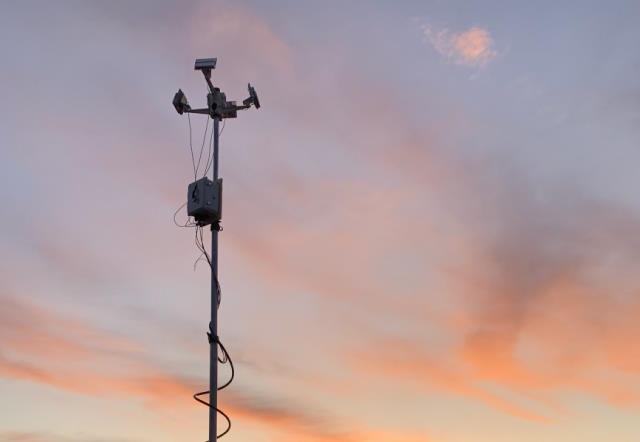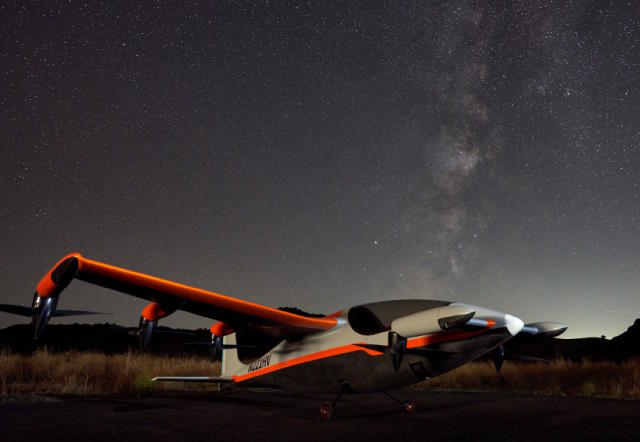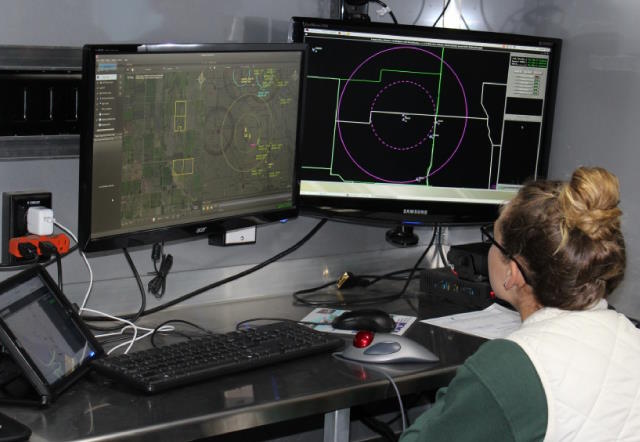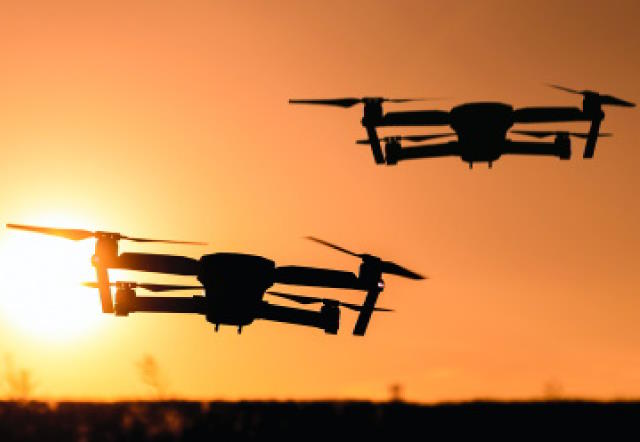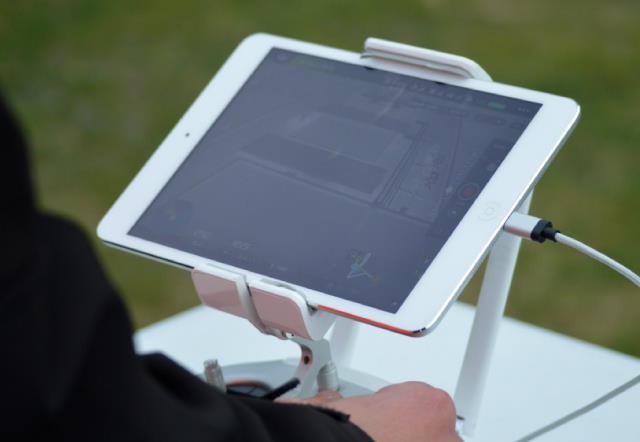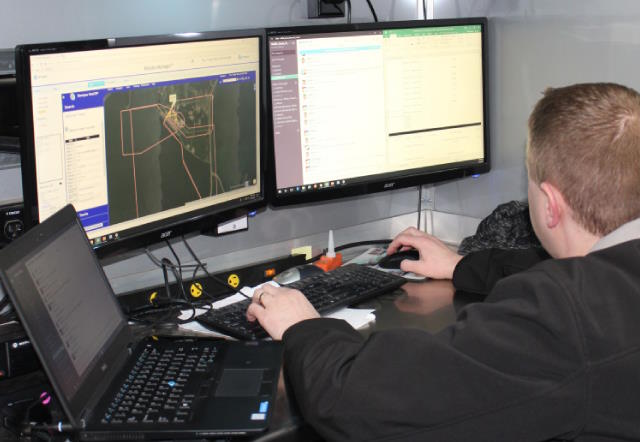Full integration of UAS into the National Airspace System requires significant advancements in technologies and their uses, some of which are still emerging and require significant testing. We conduct cutting-edge research to meet the industry's needs and push the boundaries of previous limitations.
Supporting North Dakota's UAS Detection and Counter UAS Task Force, the NPUASTS has assisted the development of Counter UAS Test Ranges locally and nationally. We have tested Air Domain Awareness technologies to evaluate system performance against different classes of UAS and work with UAS detection equipment such as radars, optical, acoustic, and radio frequency (RF) sensing.
